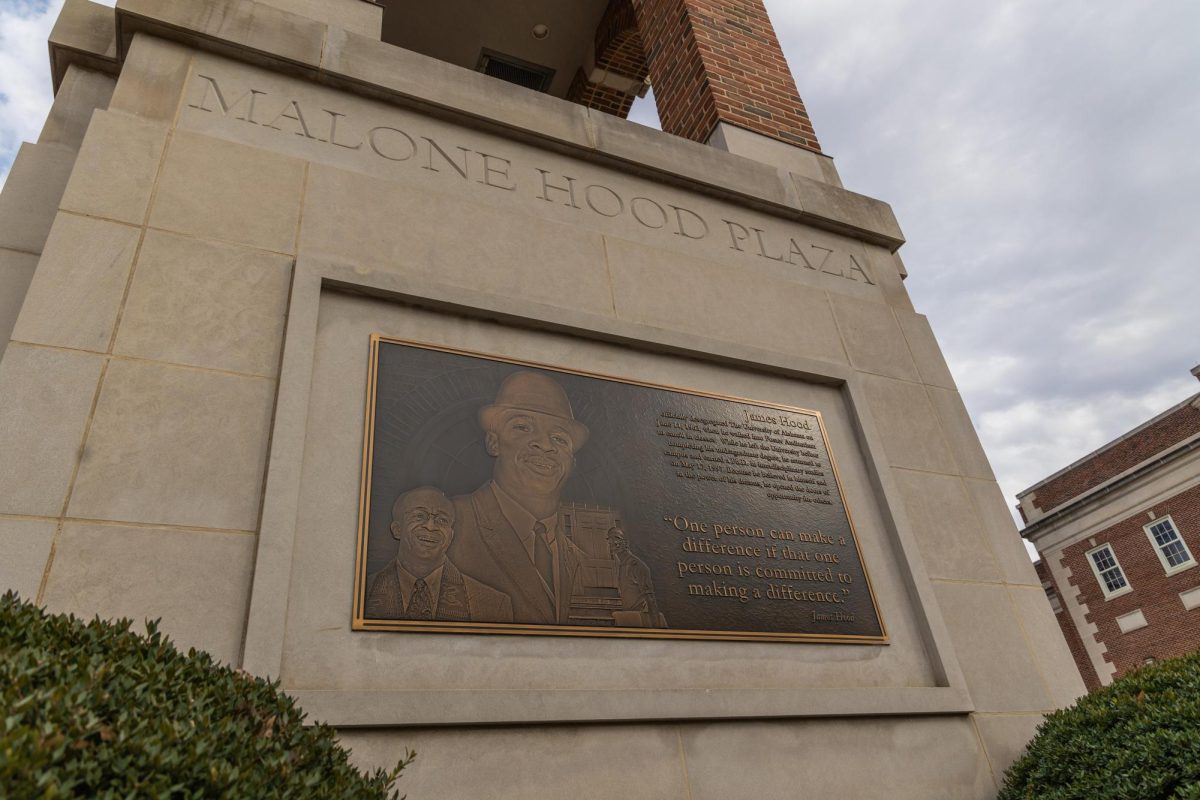Do you have a favorite body of water? Mine is the river. I love rivers, especially because of what they do to cities – that is, they authenticate them, give them resiliency, knowledge, history, life. Let me explain. Generally speaking, I hate cities, especially big ones, and the ones that I do like – Nashville, New Orleans, Pittsburgh and Birmingham – are all located on or very near rivers. Ever wonder why Paris and London are so well loved? Rivers, people.
This river-city connection isn’t something I discovered until I moved from the big (non-river) city of Houston to the river town of Tuscaloosa for college. The first time I visited Tuscaloosa, I was fascinated by the Black Warrior River, and to this day my favorite places in town are the River Walk and the all-wooden trestle bridge that crosses the river and connects us to the other shore.
My favorite street is Jack Warner Parkway, the only street in town that follows the river from city limit to city limit.
My favorite thing about the city, and other cities with rivers, is its people who seem to care, not about money or prestige, but rather about community, the environment, art, history and most importantly, other people.
These aren’t typical characteristics of cities, which tend to isolate and seclude rather than bring together, and which tend to display incredible amounts of arrogance and ingratitude. No, it’s the citizens of river towns who seem most attentive to the passage of time and the importance of people. It’s the citizens of river towns who seem most aware that every human being is fallible but also precious. It’s the citizens of river towns who understand that nothing is ever created in isolation.
It’s as if the river – whose waters change every second of every hour of every day, carving new shorelines with every flood of its banks and revealing in stages tree roots that had previously been buried for centuries – reminds its city that nothing is stagnant.
Even today, in an age when motor vehicles have taken over and rivers transport less than what they used to, I can look at the river every day and see barges pushing cargo across miles and miles of land, just like travelers, goods and ideas were pushed down rivers in previous decades. How can we not be reminded that history is made in the present?
Just over one month ago, a half-mile-wide tornado ravaged this river town where I’ve lived the last three years, the place I’ve come to call “home.” It left 41 residents dead, including six UA students. Hundreds of homes were destroyed, including the homes of four of my former professors (that I am aware of – there could always be more) as well as my own.
Since April 27, Tuscaloosa has received steady amounts of praise for pulling together and for helping neighbors who need help. But this praise comes as no surprise to me – it’s the river town in us. We don’t need a tornado to tell us what’s important. We already know that wallowing in self-pity does nothing. We already know that what is destroyed can always be rebuilt. We already know that what is bad can always be worse. We already know that there are things more powerful than us.
In this case, we know when we survey the damage that more students and residents could have and probably should have died, and we thank God they didn’t.
Personally, I know that my house is gone, but I also know that my favorite parts of this city, both tangible and intangible, are still here. We still have the river, its huge trees, the Historic District and downtown. We still have our community, our parks, our art and our history. We still have our spirit.
As I start my fourth and final year at the University of Alabama, I’m living in a town that many people have said is unrecognizable. I say it’s perfectly recognizable, at least in spirit. Physically, it’s only a matter of time before it will be recognizable again. New Orleans overcame Katrina. Nashville overcame its floods. Tuscaloosa will overcome its tornado.
Stephanie Brumfield is the lifestyles editor of The Crimson White.








